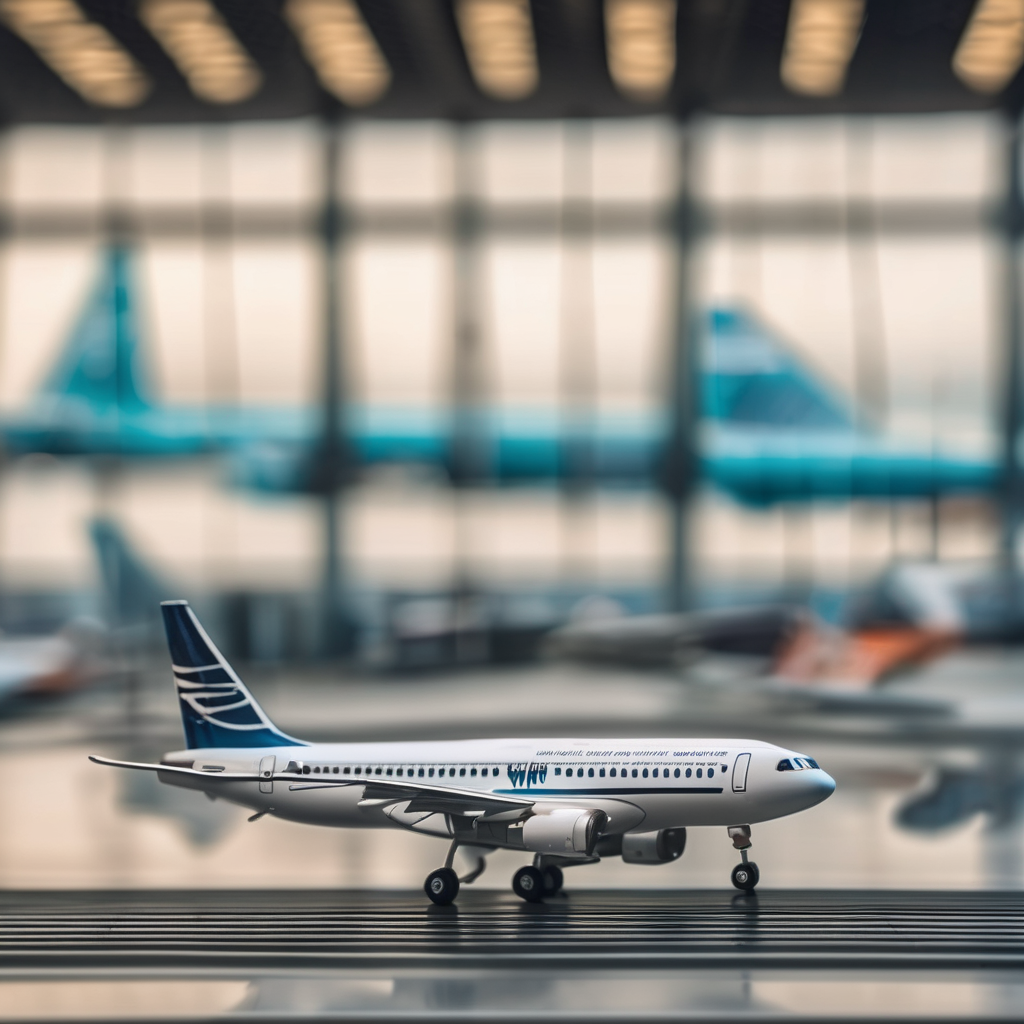Domestic airlines IndiGo and Akasa Air are set to launch operations from the newly established Navi Mumbai International Airport (NMIA) next month, marking a significant development in the Mumbai Metropolitan Region’s aviation landscape.
IndiGo intends to commence flights from NMIA starting December 25, with connections to ten major Indian cities, including Ahmedabad, Bengaluru, Cochin, Delhi, Goa – Mopa, Hyderabad, Jaipur, Lucknow, Mangalore, and Nagpur. The airline has plans to expand its services further, potentially increasing the number of direct routes as demand grows. IndiGo, one of India’s largest carriers, operates over 2,300 flights daily and connects more than 130 destinations, with a fleet of 409 aircraft currently in operation.
Meanwhile, Akasa Air, the new entrant in the aviation market, will also begin its operations from NMIA on December 25, albeit in a staggered fashion. The airline will start with direct flights to four cities, initiating its service with a route from the Mumbai Metropolitan Region to Delhi. It plans to expand to Ahmedabad, Goa, and Cochin shortly after. Akasa Air aims to increase its operations to 300 domestic flights and 50 weekly international departures from NMIA over time. The airline is focused on establishing a presence in the MMR and western India, and its strategies include enhancing its operational capacity at the new airport.
Navi Mumbai International Airport, inaugurated by Prime Minister Narendra Modi on October 8, 2023, is designed to address the growing air travel demands of Mumbai. Built at a cost of ₹19,650 crore, the airport’s first phase features one terminal and one runway, with an annual passenger handling capacity of 20 million. The NMIA aims to complement the existing Mumbai International Airport and significantly improve regional connectivity, ultimately contributing to the economic growth of western India.
This development heralds a new era for air travel in the region, with the potential for increased connectivity and economic benefits as both airlines adapt to the changing landscape and capitalize on the new airport’s capabilities.
